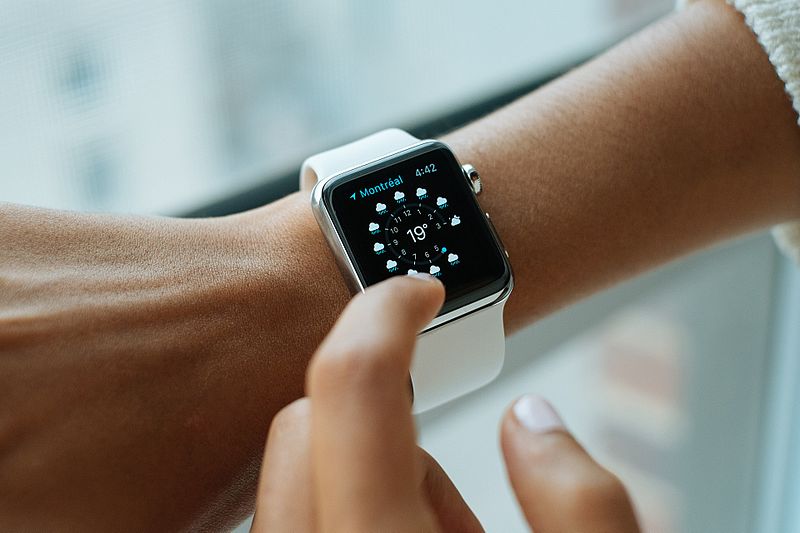Using Big Data in Organizational Research
 Mobile computing technology is rapidly evolving. With the advent of new, wearable electronic sensors comes the potential to find new applications for the data captured by wearable technology. In their article, “The Promise and Perils of Wearable Sensors in Organizational Research,” published in Organizational Research Methods, Daniel Chaffin, Ralph Heidl, John R. Hollenbeck, Michael Howe, Andrew Yu, Clay Voorhees, and Roger Calantone explore the possibility of using such data to study human interactions and social behavior on a large scale. The abstract:
Mobile computing technology is rapidly evolving. With the advent of new, wearable electronic sensors comes the potential to find new applications for the data captured by wearable technology. In their article, “The Promise and Perils of Wearable Sensors in Organizational Research,” published in Organizational Research Methods, Daniel Chaffin, Ralph Heidl, John R. Hollenbeck, Michael Howe, Andrew Yu, Clay Voorhees, and Roger Calantone explore the possibility of using such data to study human interactions and social behavior on a large scale. The abstract:
Rapid advances in mobile computing technology have the potential to revolutionize organizational research by facilitating new methods of data collection. The emergence of wearable electronic sensors in particular harbors the promise of making the large-scale collection of high-resolution data related to human interactions and social
behavior economically viable. Popular press and practitioner-oriented research outlets have begun to tout the game-changing potential of wearable sensors for both researchers and practitioners. We systematically examine the utility of current wearable sensor technology for capturing behavioral constructs at the individual and team levels. In the process, we provide a model for performing validation work in this new domain of measurement. Our findings highlight the need for organizational researchers to take an active role in the development of wearable sensor systems to ensure that the measures derived from these devices and sensors allow us to leverage and extend the extant knowledge base. We also offer a caution regarding the potential sources of error arising from wearable sensors in behavioral research.
You can read “The Promise and Perils of Wearable Sensors in Organization Research” from Organizational Research Methods by clicking here. Want to know all about the latest research from Organizational Research Methods? Click here to sign up for e-alerts!






















































































